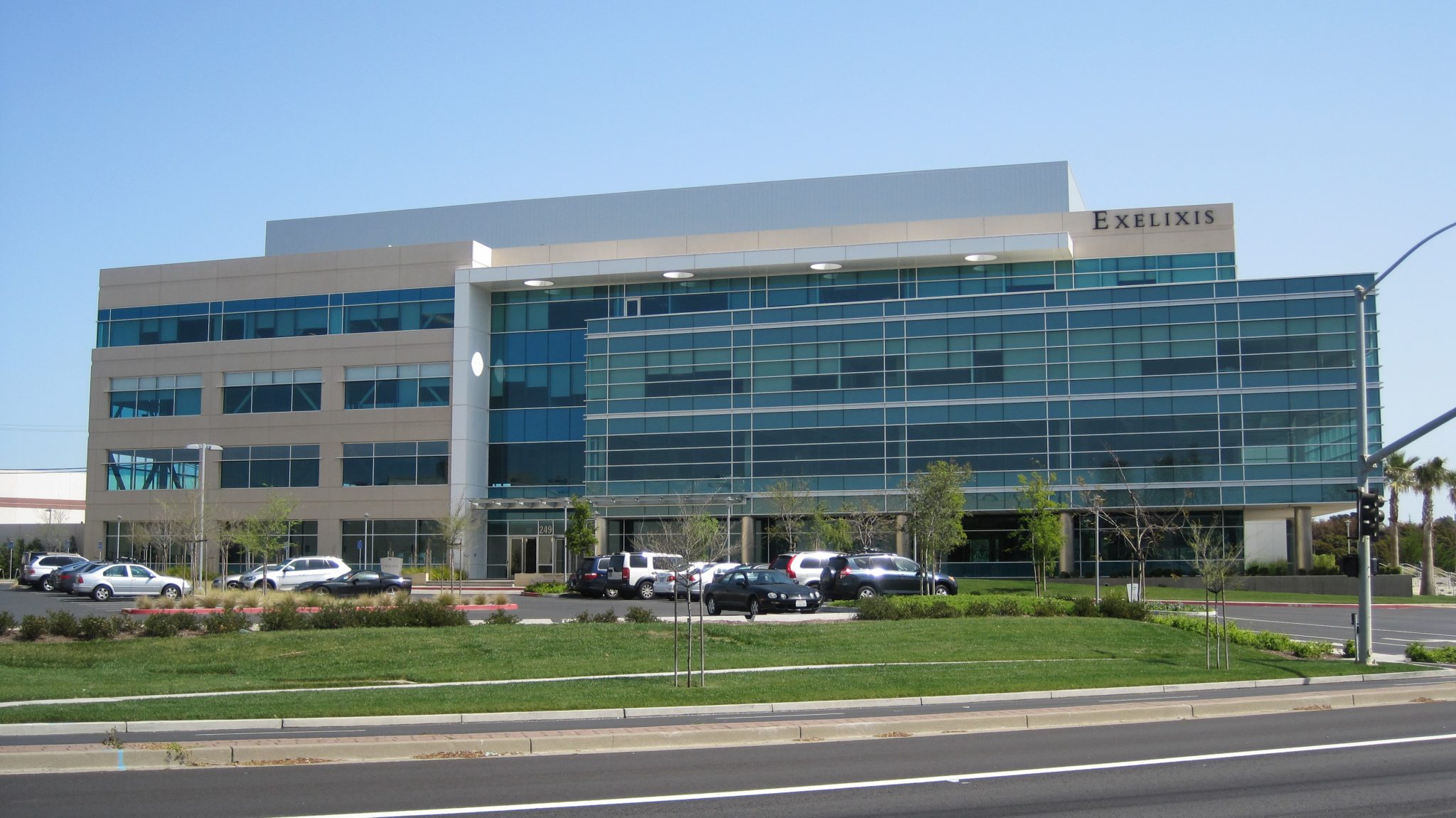
California based biotech Exelixis, Inc. (NASDAQ:EXEL) just submitted a rolling new drug application (NDA) to the FDA for its lead oncology drug, cabozantinib. If approved, it will mark the company’s second US-clinical success for the drug, following the 2012 approval of cabozantinib – marketed as Cometriq – in a rare thyroid cancer indication. Revenues from this initial indication have been pretty slow getting off the ground, but with an expanded indication in Europe, and a pending European submission for cobimetinib (approved in the US early last month) just around the corner, this circa $1.3 billion company could be in for some real gains. With this in mind, let’s take a look at the drug in an attempt to gauge its impact on Exelixis’ financials going forward.
Cabozantinib is an inhibitor of what’s called a tyrosine kinase inhibitor – specifically, it inhibits two kinases called c-Met and VEGFR2. The science behind how these drugs work is pretty complicated, but it’s also pretty interesting, so it’s worth going into it in a little bit of depth.
All cells have what’s called an MAPK/ERK pathway, which connects the outer membrane of the cell to the DNA in its nucleus. This pathway is what allows outer stimuli to communicate with the DNA, and initiate some sort of change, or response, in the cell. The process is called signal transduction. A cell expresses many different types of protein on its membrane – these are the receptors that form the outer section of the pathway. When a particular phosphate attaches itself to a receptor, a signal travels to the DNA and elicits the aforementioned response. Tyrosine kinases are the enzymes that facilitate the joining of the phosphate with the surface receptor. The type of enzyme (tyrosine kinase) that joins the phosphate to the receptor determines the response – EGFR, for example, causes replication and proliferation. This is all ok, so long as it is regulated. The problem comes when things don’t run as they should. Think of the EGFR activated receptor as an on/off switch for cell reproduction. In cancerous cells, it is constantly stuck in the on position. This causes the rapid and (to some extent) uncontrollable proliferation associated with cancer cells. Cabozantinib inhibits two specific tyrosine kinases, and in doing so, stops the phosphate joining to the receptor. In turn, this stops the cell from functioning in the way it would if it’s receptor had been activated. We don’t really need to go into the specifics of the two – that’s a discussion for a much longer article – so for now we’ll just say they are called c-Met and VEGFR, and the response they elicit is angiogenesis and, to some extent, cell migration. Angiogenesis is the formation of new blood vessels, which feed blood to the tumor (promoting growth), and cell migration leads to metastasis.
So there we go – that’s the MOA in a nutshell. Now, what about market potential?
Well, Exelixis is targeting a renal cell carcinoma indication, which is the most common type of kidney cancer. There are about 65,000 new cases each year in the US, and about 14,000 deaths. The initial indication is for patients who have undergone one other treatment without success – so we can be very conservative and suggest that the 14,000 is Exelixis’ initial target market (as we can assume that all of these will have undergone at least one other treatment prior to death). We also have some pretty solid reference points for pricing. The company trialed the drug at a 60mg per day dose – ranging up to 140mg at the high end. Let’s use 100mg as a median, as we are looking at the severe end of the patient population. Fourteen doses of the drug for its already approved indication, thyroid cancer, cost $13,000 at the low end of the market. Let’s assume a patient takes the drug for 12 months, meaning they would need circa twenty-six lots of the fourteen doses, costing $338,000 per patient, annually. With an initial target population of the 14,000 patients that die each year, Exelixis could be looking at a $4.7 billion market. Obviously, there is a long way to go before these revenues materialize, and many drugs with potential blockbuster markets fail to meet expectations – but these are not unrealistic numbers.
So what’s the takeaway? Well, that Exelixis has a potential billion-dollar drug in rolling submission with the FDA. With an expedited process (something the company has applied for) we could be looking at a six-month decision deadline. Keep an eye on the individual section submissions (this is what rolling submission allows) as interim insight.




